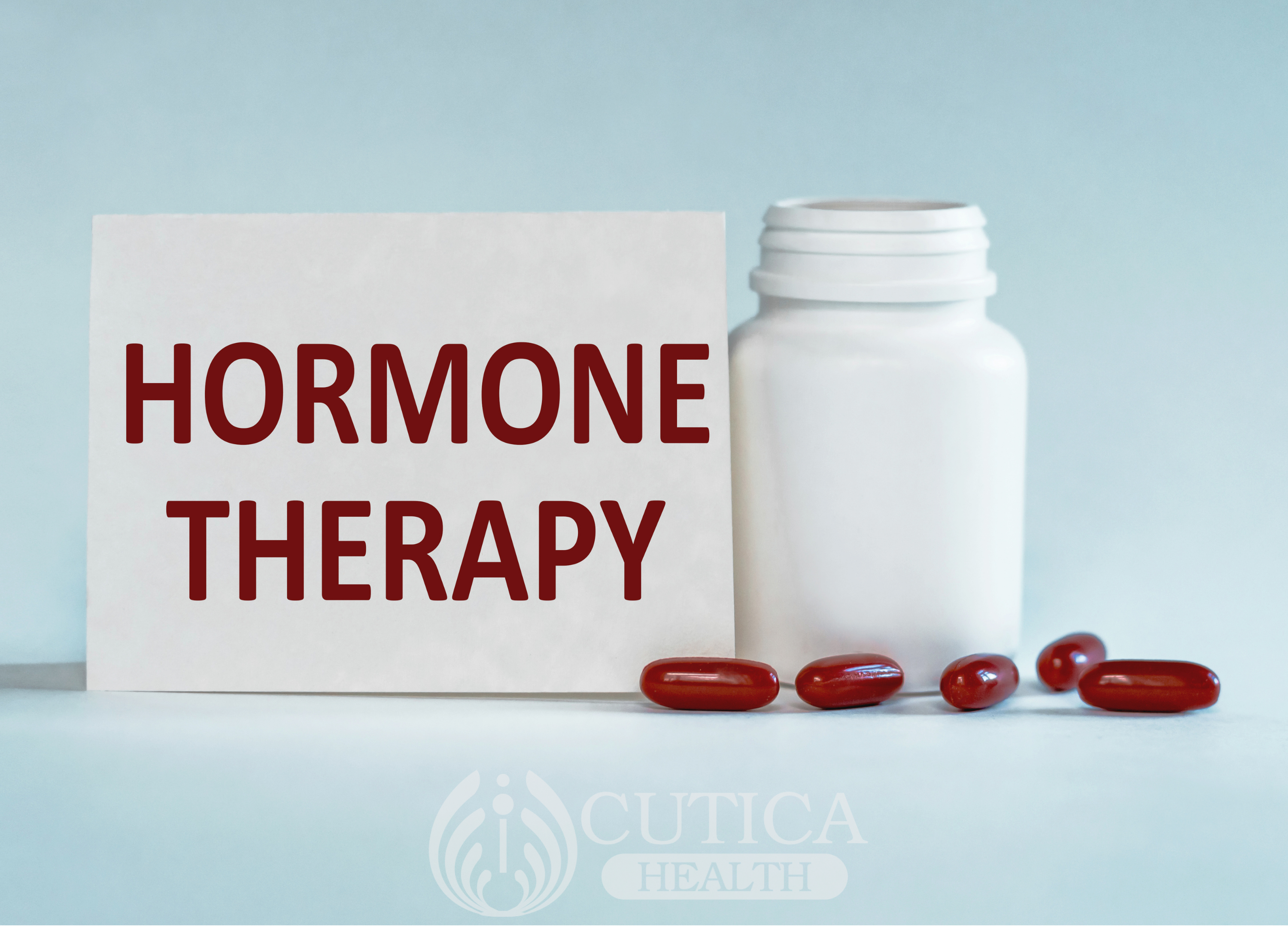
Endometriosis is an important cause of chronic pelvic pain in women of all age groups. Endometriosis affects roughly 10% (190 million) of reproductive age women and girls all over the world. It is a chronic disease that is associated with severe, life-impacting pain during periods, sexual intercourse, bowel movements and/or urination, chronic pelvic pain, abdominal bloating, nausea and fatigue. The pain might be so severe that it could sometimes cause depression, anxiety. And infertility is a recognised complication of endometriosis too.
At present, there is no known cure for endometriosis, and treatment is usually aimed at controlling symptoms. Treatment for endometriosis usually involves medications or surgery with the choice of treatment dependent on the severity of pain and the goals of treatment. Conservative treatment is usually the first choice with surgery as a fall back plan if conservative treatment fails.

Pain medication
Over the counter pain medications are the first choice in most cases of endometriosis. Nonsteroidal anti-inflammatory drugs (NSAIDs) such as ibuprofen or naproxen are used to control pain during menstrual periods. This is important as the pain during endometriosis is defined as life impacting resulting in disruptions to normal day-to-day functioning. Other stronger pain killers can be prescribed by the doctor based on the severity of pain and response to first line medications.
Hormone therapy
The use of supplemental hormones is sometimes effective in reducing or eliminating the pain of endometriosis. The basis of this is that menstrual cycle is hormone regulated and controlling the hormones may slow endometrial tissue growth and prevent new implants of endometrial tissue. But hormone therapy isn’t a permanent fix for endometriosis. A lot of patients experience a return of symptoms after stopping treatment. Some hormonal therapies to treat endometriosis include:
Hormonal contraceptives: Such as birth control pills, patches and vaginal rings help control the hormones responsible for the build-up of endometrial tissue each month. This reduces the duration and amount of menstrual flow a patient experiences. So, using hormonal contraceptives — especially continuous-cycle regimens — may reduce or eliminate pain in some cases.

Gonadotropin-releasing hormone (Gn-RH) agonists and antagonists: These drugs work by blocking the production of ovarian-stimulating hormones, lowering estrogen levels and preventing menstruation. This causes endometrial tissue to shrink simulating menopause. And because these drugs create an artificial menopause, taking a low dose of estrogen or progestin along with Gn-RH agonists and antagonists may decrease menopausal side effects, such as hot flashes, vaginal dryness and bone loss.
Progestin therapy: A variety of progestin therapies, including an intrauterine device with levonorgestrel (Mirena), contraceptive implant, contraceptive injection or progestin pill, can halt menstrual periods and the growth of endometrial implants, which may relieve endometriosis signs and symptoms.
Conservative surgery
For women with endometriosis who want to still bear children, conservative surgeries are used to increase their chances of achieving fertility. The uterus and ovaries are preserved while other endometriotic tissues are removed at surgery. Surgery can help with severe pain from endometriosis, however, endometriosis and pain may return.

Non-conservative surgery
Surgery to remove the uterus (hysterectomy) and ovaries (oophorectomy) is the last resort for treatment of endometriosis. But endometriosis experts are moving away from this approach, instead focusing on the careful and thorough removal of all endometriosis tissue.
Having your ovaries removed results in menopause and the response to this surgical intervention is varied with some people experiencing a relief of symptoms and others symptoms continue to persist. The decision to undergo surgery is taken by a “risk versus benefit” decision.

Treatment of endometriosis is quite challenging but with new advances in knowledge and expertise, the chances of better treatment are more possible than ever before.












